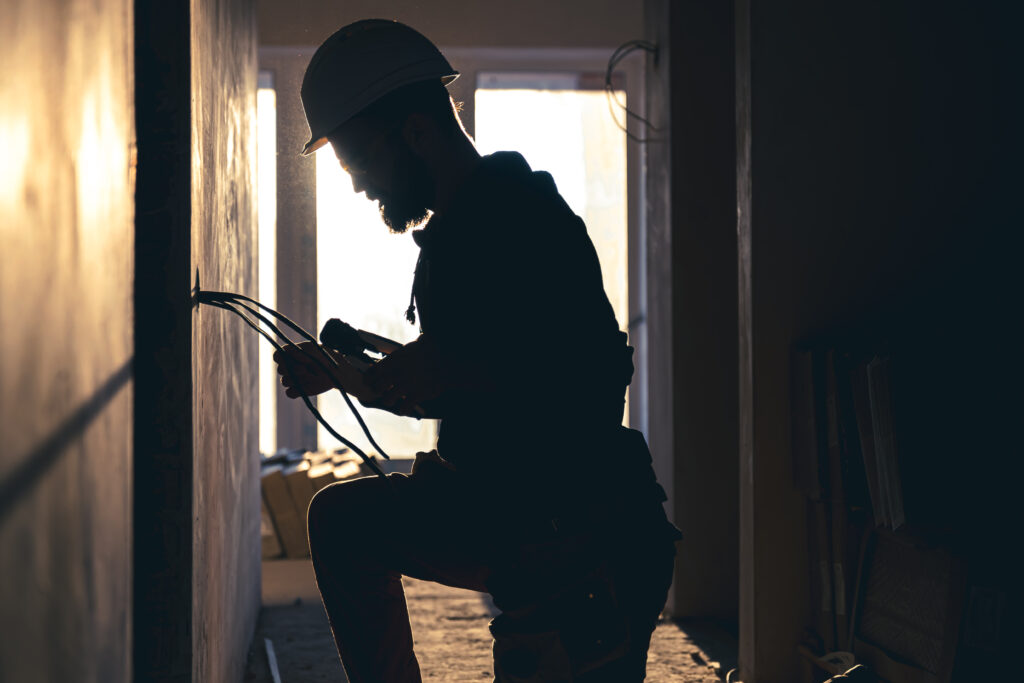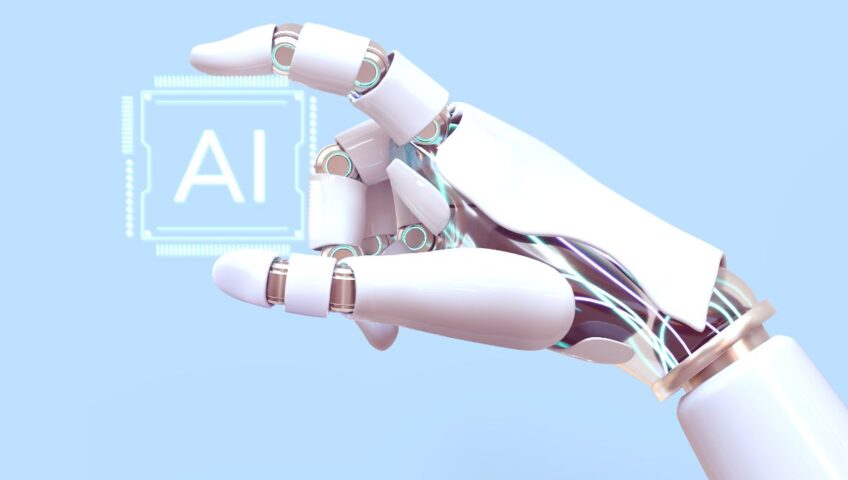AI is a hot topic these days, dominating discussions about the future of work. For many, it’s a looming force threatening job security. As artificial intelligence and automation continue to improve, more and more industries are being affected.
An article in the Wall Street Journal titled “The Disappearing White Collar Jobs” shines a spotlight on the alarming rise of AI-driven layoffs. Positions that were once coveted and seen as irreplaceable, like accountants, lawyers, and software engineers, are being streamlined as AI takes over routine tasks. As one expert in the article puts it, “We just need fewer people to do the same thing.”
This isn’t the first time automation has disrupted the workforce. The blue-collar industry took a similar hit in the 1970s when factory-type jobs were replaced by automation, particularly in the auto industry.
However, as a business owner who has weathered economic storms, including the 2008 recession, I find comfort in knowing that construction remains resilient— especially in today’s wave of AI disruption.
For that reason, I wear my blue collar with pride.
If you’re looking for long-term job security, it may be time to consider a career in construction.

Steady Demand for Skilled Labor
Wages in the construction industry are on the rise, with new hires benefiting from increased pay, according to the Wall Street Journal. This is largely due to the high demand for skilled labor.
In fact, by 2025, the construction industry will need to fill nearly 500,000 additional jobs just to meet growing demand (1). An aging workforce reaching retirement age and the aftereffects of the pandemic have left many companies scrambling to find qualified workers.
For job seekers looking for stability, construction is more than a viable option— it’s an industry in need of fresh talent. And that demand translates into not only job security but also competitive pay and advancement opportunities. This is good news for women, who are underrepresented and underutilized in the construction industry.
Increasing Opportunities for Women in Construction
The number of women in the construction industry is growing, but it’s still far too low. Women make up just 11% of the industry workforce, with most holding office jobs (5). Yet, the labor shortage presents an opportunity for women to enter the field in greater numbers.
Women bring fresh perspectives and often excel in communication and problem-solving— skills that are essential in construction. As the industry looks to fill its labor gaps, more women should see this as a golden opportunity to break into a rewarding, stable career.
Now, let’s explore why I’m confident in the job stability of the construction industry, even in the face of growing AI.
Construction Requires a Human Touch
AI has affected nearly every industry, and construction is no exception. But while other sectors face widespread layoffs, construction remains somewhat insulated. Why? Because it’s a hands-on, physical job that requires a human touch.
Tasks like laying drywall, framing, and electrical work require a mix of strength, precision, and problem-solving— qualities that machines have yet to master.
Construction projects often require adapting to unpredictable conditions, last-minute changes, and customized solutions. Automated machines excel at repetitive tasks, but construction is far from repetitive. Spend a few days on a job site, and you’ll see firsthand how different one day is from the next.
This is why skilled labor is in such high demand. By building your expertise in a specific trade, you make your self invaluable. Participating in an apprenticeship or formal training can lead to even higher pay and job security.
And if physical work isn’t your thing, there’s still a critical role for you in construction: management.

The Value of Managing People
Construction involves more than creating structures— it’s about orchestrating a complex team of multiple trades, suppliers, and clients. Like a conductor leading a symphony, effective project management is essential to success. Each part of a project must work in harmony in order to meet deadlines and stay on budget.
Adaptability and creative problem-solving are key for project managers. Managing a construction site involves navigating challenges ranging from unexpected weather conditions to material shortages. But above all, the most important skill is building strong relationships with everyone on the job site. At PDI Drywall, we take pride in our ability to foster seamless communication and coordination across teams, ensuring smooth project execution.
In this sense, construction management requires a distinctly human touch— proving that AI can’t replace everything.
AI Creates New Job Opportunities in Construction
While AI has certainly made its way into construction, its role is more about enhancing efficiency and productivity than replacing workers. In fact, AI is opening up new job opportunities for those skilled in emerging technologies. Here are a few examples:
- Drones: AI-enhanced drones are improving how we survey job sites, track progress, and identify potential hazards. They allow for a more accurate assessment of large-scale projects. (2).
- 3D Printing: AI helps optimize building designs through 3D printing, reducing errors and improving project timelines by minimizing costly design changes (3).
- Communication Platforms: AI-powered cloud platforms allow seamless communication between office teams and field workers, minimizing miscommunication and increasing efficiency when it comes to ordering materials or adjusting schedules.
These technologies are creating new roles for drone pilots, 3D printing specialists, and tech-savvy professionals who can integrate AI into construction processes.
AI Improves Safety in Construction
If you need more reasons to join the construction industry, consider the ways AI is improving job site safety. Through the use of AI-powered cameras and sensors, construction companies can now monitor real-time data to prevent hazards and unsafe behavior before accidents happen (4).
These systems help create a safer work environment, which not only benefits workers but also improves overall productivity by reducing downtime due to accidents and injuries.
What’s to Come
It’s impossible to know how AI will affect our workforce, economy, and society in the future. Yet, I remain optimistic that the construction industry will continue to thrive as one of the most stable and essential sectors.
The U.S. Labor Department projects that of the 20 occupations expected to create the most jobs through 2031, about two-thirds will be blue-collar roles (6). This indicates a strong future for industries like construction, where skilled labor and physical craftsmanship remain irreplaceable.
While other sectors may face insecurities in the face of AI and automation, the construction industry continues to provide secure and rewarding careers for those willing to pick up the tools of the trade.
Photos: designed by www.freepik.com


Write a Comment